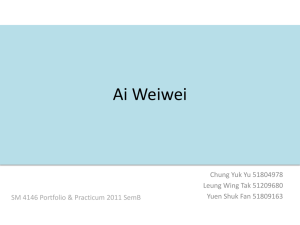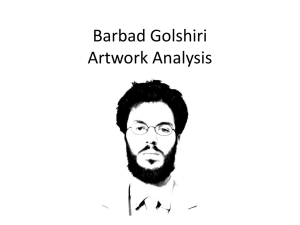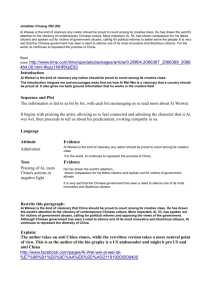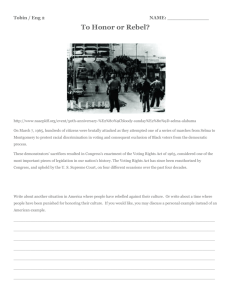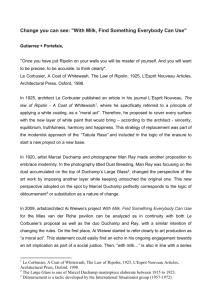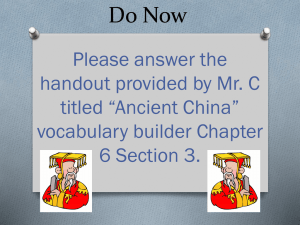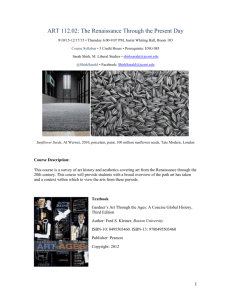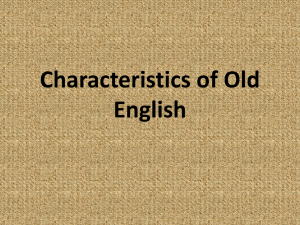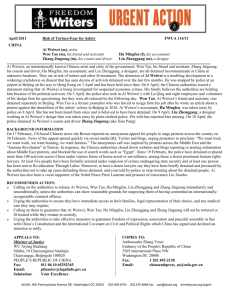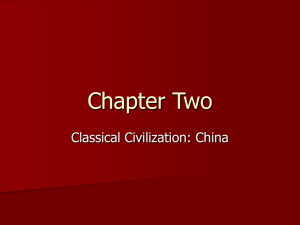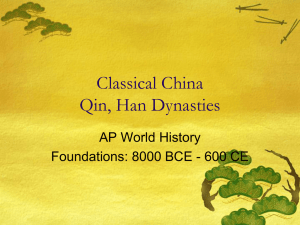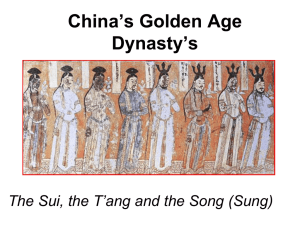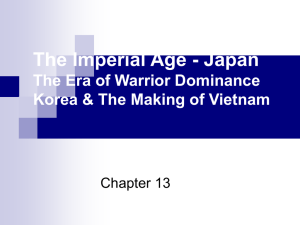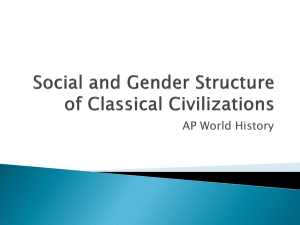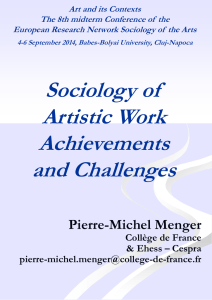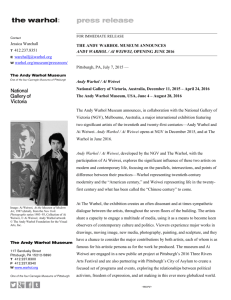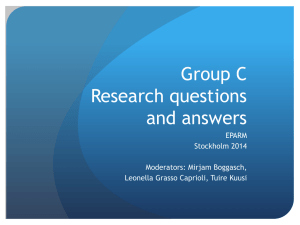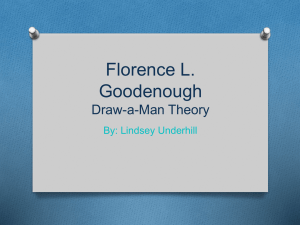Ai Weiwei Artwork Analysis
advertisement
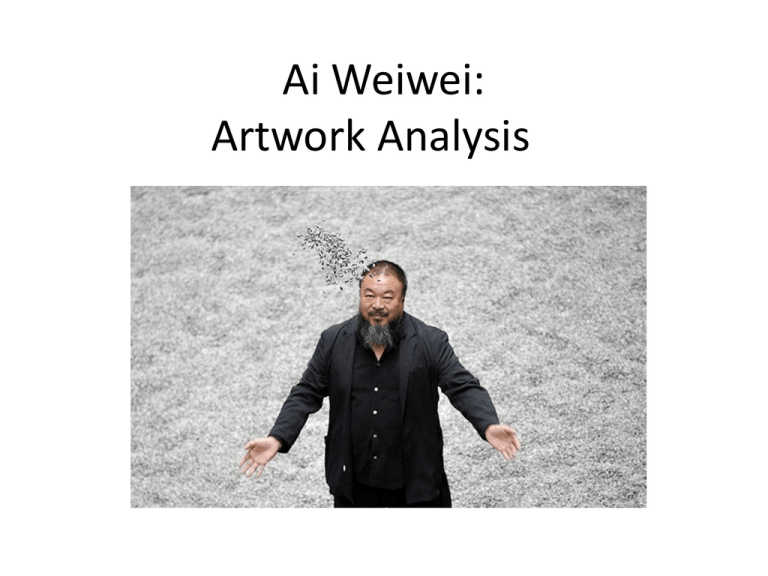
Ai Weiwei: Artwork Analysis Artistic Influences: Chinese Calligraphy and Scroll Painting Mid-Autumn, Wang Xianzhi Jin Dynasty (265-420CE) Artistic Influences: Chinese Ceramics Han Dynasty (206 BCE-220 CE) Ceramics Artistic Influences: Pop Art Brillo Box (1964) by Andy Warhol Mao Tse Tung (1972) by Andy Warhol Ai Weiwei in 1988 in front of Andy Warhol’s Self-Portrait (1966) at the Museum of Modern Art, New York Artistic Influences: Conceptual Art "It became like a symbolic thing, to be‘an artist.’ After Duchamp, I realized that being an artist is more about a lifestyle and attitude than producing some product." -Ai Weiwei Fountain (1917) Marcel Duchamp Artistic Influences: Installation Art Untitled (Placebo) (1991), Félix González-Torres Ai is influenced by conceptual installation art such as this work by CubanAmerican artist Félix González-Torres Artistic Influences: Art as Activism Ai is strongly invested in the notion of art as a means of actively creating social change. Another artist whose work functions to create social change is Krzysztof Wodiczko. Krzysztof Wodiczko’s Homeless Vehicle Project (1987-89), New York Dropping a Han Dynasty Urn (1995) Video-Ai Weiwei-Dropping a Han Dynasty Urn Coca-Cola Vase (1994) Colored Vases (2006) Remembering (2009) Earthquake in Sichuan (2008-2010) Untitled, 2011 Sunflower Seeds (2010) Video: Ai Weiwei: Sunflower Seeds The Black Cover Book, 1994 The White Cover Book, 1995 The Grey Cover Book, 1997 Weiwei-isms (2012) Quotations from Ai Weiwei “Everything is art, everything is politics.” –Ai Weiwei Reference to Mao’s Little Red Book “In the world today all culture, all literature and art belong to definite classes and are geared to definite political lines. There is in fact no such thing as art for art's sake, art that stands above classes, art that is detached from or independent of politics.”-Mao Zedong
